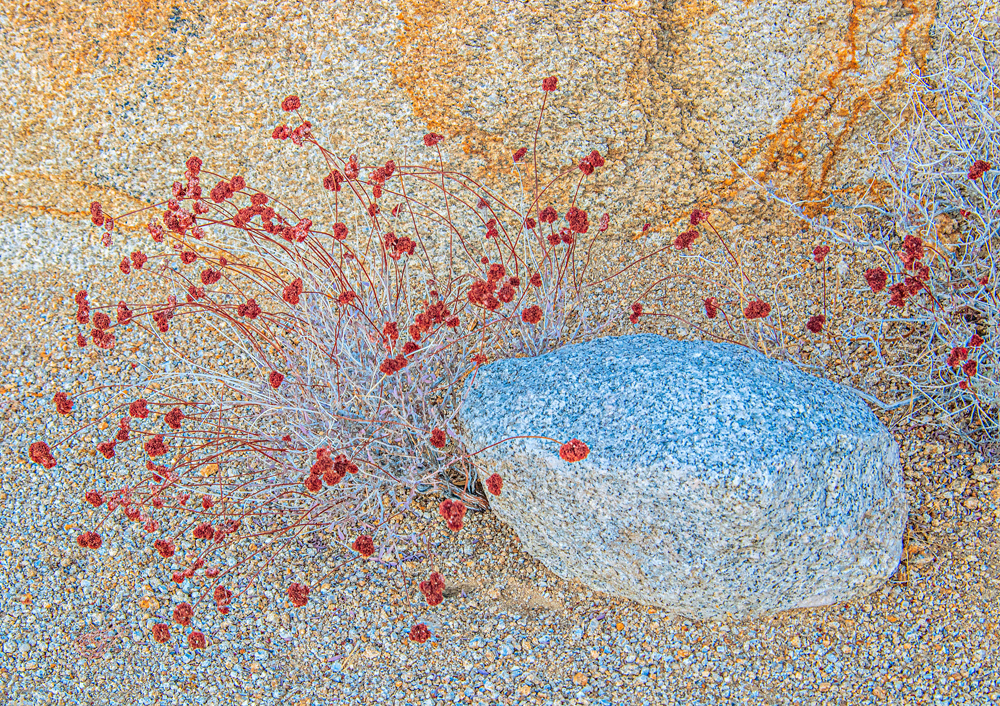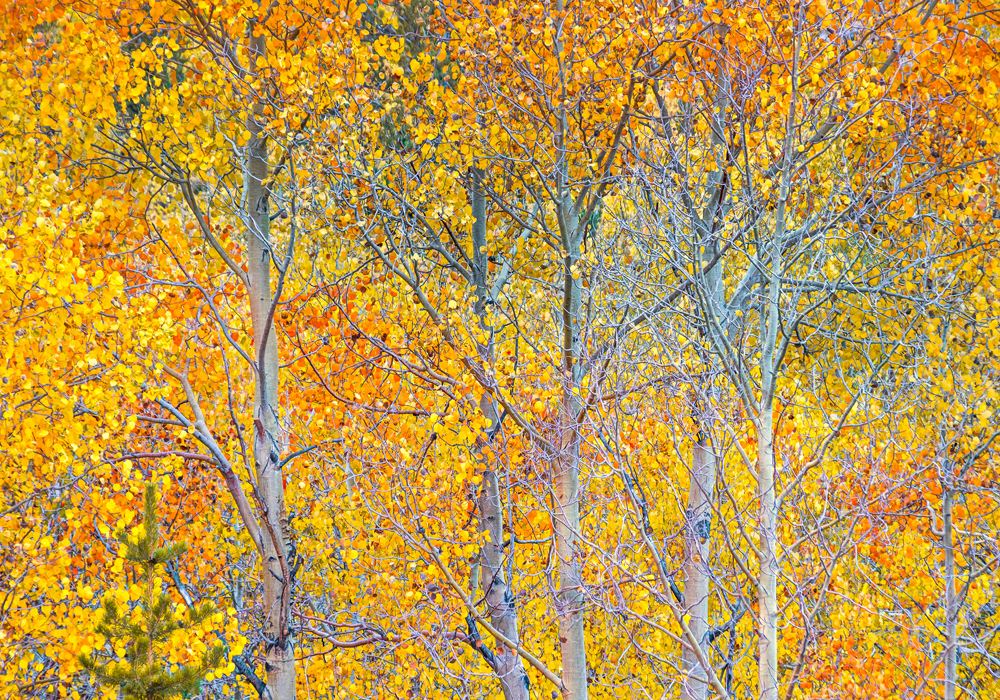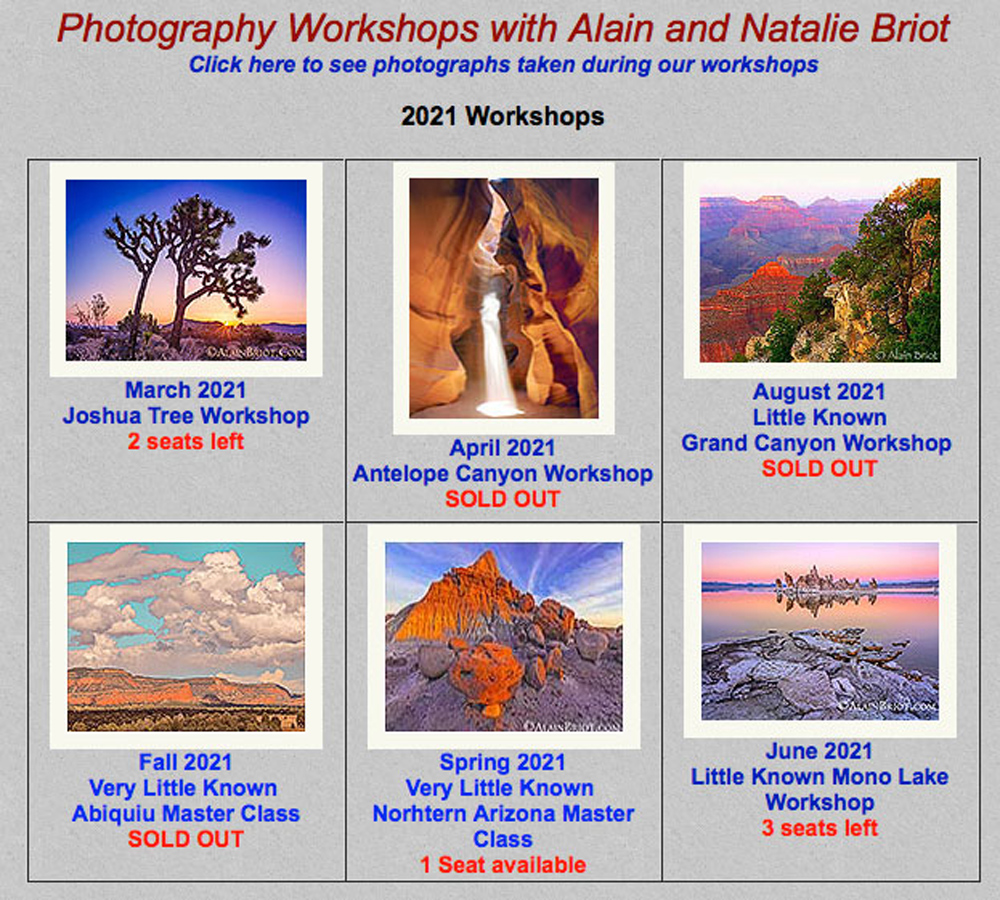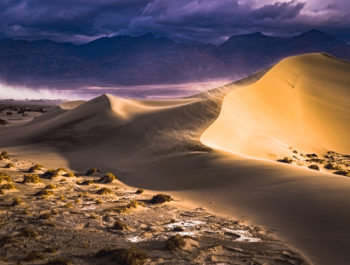Creating Artistic Landscape Photographs – I Will Fix It In Photoshop
The raw file is the score and the final image file is the performance.
This is paraphrased from Ansel Adams original version
The negative is the score and the print is the performance.
It is commonplace to hear people say when they take a photograph and have problems ‘I will fix it in Photoshop’. ‘It’ stands for a variety of issues from bad exposure settings to unwanted elements showing up in the photograph to unsatisfying compositions and more. In the context of the quote featured above these problems affect the score because in digital photography the raw file is the score.
When I hear someone say that they will fix problems in Photoshop I expect the raw file, i.e. the score, to be of poor quality. However, if the final image file is the performance how can this performance be stunning if the score is not stunning as well? The fact is the score matters as much as the performance because a great performance can only be the outcome of a great score. In photography, a great performance, a beautiful final image file, can only be created with a great score, a great raw file.
I realize that scores are used in music and that we are talking about photography. However, this comparison is metaphorical and not literal. The metaphor is that the score or the raw file is the material that gives birth to the musical performance or to the final image file. In the case of music, the performance is done by a musician, a band or an orchestra using voice, musical instruments, or a combination of both. In the case of digital photography, the performance is done by a photographer using image processing software on a computer system. The means certainly differ musical instruments in one instance and computer processing in the other. However, the goal is the same: to create a beautiful rendering of the original score that the audience will enjoy. This rendering, which will be auditory in the case of music and visual in the case of photography, is the performance. This performance is an interpretation of the score.
Notice that in this description of the score nothing is mentioned about the score having problems. In other words, there is nothing wrong with the score. It is fine as written by the composer’s pen or as captured by the photographer’s camera. The goal here is not to fix problems in the score. The goal is to create an interpretation of the score. This interpretation is necessary because the score by itself is not accessible to the audience. Unless you are a trained musician looking at a musical score, which is basically sheet music, it will not make you hear music. It takes study, knowledge, training, and practice to hear music when reading notes written on a score. Similarly, looking at a raw file on a computer monitor will not make you see the final colors, the tonal variations, the contrast levels, and all the other adjustments required to transform a raw file into a final image file. Again, just like in music, it takes to study, knowledge, training, and practice to transform the pixels of a raw file into beautiful tones and colors.
So why do people say ‘I will fix it in Photoshop?’ Because they do not realize how important creating a high-quality score, meaning capturing a high-quality raw file, is. They do not know that there are many aspects of a raw file that cannot be changed in Photoshop. They do not know that not everything can be adjusted in post-processing. It is necessary to get certain things right in the field at the time of image capture. These things include exposure: f-stop, shutter speed, and ISO settings. They include focusing because correcting a blurry image in post-processing is never as successful as getting a sharp image in the field. They include composition because composing the image the strongest way possible in the field is more effective than moving elements around in Photoshop. It includes eliminating unnecessary elements and including important objects at the time of capture because adding or removing elements in Photoshop is more complicated and time-consuming than including or removing them in the field.

So if all this can be done in the field then why not do that instead of fixing problems later in Photoshop? The main reason is that people do not take time to get all that right in the field, either because they rush through the image capture process or because they are not aware of what needs to be done in the field and what can be done later in the studio. In landscape photography, the score is created in the field. This means that field photography is not only as important as software processing, it also addresses aspects of the process that are unchangeable. Once back in the studio we cannot retake the photograph. We cannot change the exposure settings. We cannot refocus the image capture. We cannot recompose the image. The only way to change all this is to retake the photograph and this means returning to the location and doing the same shoot all over again. Clearly going back to a location is expensive and time-consuming. It is therefore far more effective to get the capture right the first time when we are at the location.
So what can we use Photoshop or other software for if many things can be done correctly in the field so that they do not need to be adjusted in the studio? What we use software for is exactly what musicians do when they play a score. They make the notes come to life! They make notes on paper become sounds everyone can hear. Furthermore, they make these sounds be harmonious musical sounds, melodies that we can not only hear but also enjoy. Music that transports us to another place. Music that makes us dream. Music that makes us experience emotions we could not experience any other way.
Musicians do not fix the score of the music they play. They interpret it. They make it come to life through the way they play it. No two musicians play the same score the same exact way. This is because no two musicians interpret the same score in the same exact way. Similarly, no two photographers process the same raw file the same exact way. Just like musicians, this is because different photographers interpret the same raw file in different ways.
Why is it that no two people interpret a score the same way? Because interpreting a score is a matter of personality. Each of us is unique and so each of us has a unique way of expressing our understanding of a score if we are musicians or of a raw file if we are photographers. How we interpret it depends on our personality, on who we are. It depends on how we see things. It depends on the emotions we experience. It depends on what we feel. It depends on the things we like. Overall it depends on our concept of beauty. In photography, beauty is expressed through composition, tonalities, color choices, sharpness or lack of, contrast levels, and other visual elements. How we use these visual elements to express our concept of beauty is why the same raw file processed by different photographers will look different.

The colors I like are different from the colors other photographers like. This difference can be large or it can be small but it is there. I like green skies for example. Not every photographer does. However, some painters, such as Maynard Dixon, do and so it is not surprising that I am attracted to the artistic approach of these painters and that I like their work. I also like soft contrast, almost to the point of creating flat looking images. Again, not everyone does. Some prefer high contrast scenes with sharply separated elements. I also like highly saturated colors. Once again not everyone does. Some prefer low or medium color saturation levels in their photographs.
These are only some of the elements I interpret when I process my raw files. However when put together the artistic preferences I just described create the start of a personal style: green skies, soft contrast, highly saturated colors. Again this is not everyone’s cup of tea and for this reason, I get negative comments on my work from people whose taste is different from mine. People who like blue skies, high contrast, and normal saturation colors for example. This does not come as a shock to me. In fact, I expect it. I know that not everyone is able to appreciate an artistic approach that is different than theirs. I also know that not everyone is interested in learning how other people express their personal vision of beauty,
Let’s put aside criticism and focus on the nature of the changes that I just described. Just like specific things must be done in the field because they cannot be changed afterward in the software, specific things must be done in the studio on the computer because they cannot be done in the field. All the changes from raw capture to the final image file that I just mentioned are things that cannot be done in the field. There is no way to change the contrast of the scene, the color saturation of specific colors, or the color of the sky during image capture. Certainly, color balance can be adjusted from say ‘cloudy’ to ‘sunny’ or ‘tungsten’ but doing so will affect the entire image not just part of the image, say the sky alone for example. Also, color balance is something that can be changed in the studio therefore selecting a specific color balance in the field is not a requirement.
Knowing what needs to be done in the field and what can be done later in the studio is important. When people say ‘I will fix it in Photoshop’ they usually refer to things they forgot to get right, or to things they purposefully ignored in the field. They are talking about problems that have to be fixed. They say it themselves: ‘I will fix it in Photoshop.’ Photoshop becomes a doctor’s office, a pharmacy, or a repair shop. Certainly, Photoshop or Lightroom, or any other image processing software, can be that regardless of the type of photography you are doing. However to consider Photoshop a repair shop where we fix mistakes made in the field is like saying that interpreting a musical score is fixing the mistakes that the composer made. Nothing can be further from the truth. Interpreting a score is not fixing it, not unless the composer who wrote the score we are interpreting was such a bad score writer that they cannot be trusted to deliver a finished product. A professional or a serious amateur, musician or photographer, must be able to deliver a score that does not need fixing, a score that can be interpreted right away without having to correct errors.
To me fixing things in Photoshop that I can get right in the field is a waste of time. I prefer to take care of getting these things right in the field. Back in the studio, I want to spend my time in a constructive manner, doing things I cannot do in the field. This means interpreting the raw file by altering it in ways that are not unavailable to me in the field, ways that go beyond what the camera can do.
If we go back to Ansel Adams, whose quote I started this essay with, doing things he could not do in the field meant darkroom work, not computer work as we do now. In his days what we do today on the computer with software adjustments was done in the darkroom with chemical processes. The negative could be developed using a variety of different developers and development times to increase or decrease the contrast of the image captured on film. The negative could be dodged or burned for longer or shorter times to make specific areas lighter or darker on the print. The print could be toned with a variety of toners to increase its contrast or give it a warm or cool tonality. Several other things could be done to change the look of the final print in the darkroom and all these things were part of creating the performance from the score, the score being the negative and the performance the final print.
The darkroom was where the performance was created. It was a powerful tool but it had serious limitations. Many things we can do now on the computer could not be done in the darkroom. Tonality, color, and contrast control were limited. Elements could not be added or removed. Image format could not be changed by stretching only one dimension of the image. Warping and distorting were impossible. Sharpening or blurring was not an option.
Darkroom work was how the score was transformed into a performance. However, what could be done to the original negative or transparency was limited. It was as if the score could be played only by specific instruments. Or as if certain notes were not available. Or as if only certain rhythms could be used. These limitations controlled what photographers could do in the darkroom. Some photographers embraced these limitations finding they were all they needed to interpret the score contained in their negatives. Other photographers lamented that they imposed limitations on their creativity. I was part of this second group. The advent of digital photography freed my creativity by allowing me to do everything I wanted to do to my images.
While the darkroom controlled how much I could do to my slides and negatives, digital processing allows me to do everything I want to do to my raw captures. It is commonplace to say that if we can think of it there is a way the software can do it. While this is an accurate statement I found out that in many instances the software can do more than what I think it can do. This means that my challenge is finding out not how to do what I want but how to use everything the software offers, including things I have not thought of doing yet.
This is important because these unexplored software functions not only offer new possibilities for creative expression but also new ways of interpreting the score featured in the raw file. To continue the comparison with music it is like having new instruments at my disposal, or new ways of creating sounds or even discovering new sounds.
In my previous essay, Committed, I looked at what it means to be a professional or a serious amateur photographer today. I mentioned that which camera we use is far less important today than it was in analog photography times. I wrote that automatic settings and sophisticated software functions allow anyone to do what could previously be done only by professionals. I concluded by saying that commitment was the only element that current software or hardware cannot provide. Commitment is best demonstrated by taking more care and more time than uncommitted photographers do. One way to demonstrate commitment is to do our best to create the highest quality raw file in the field. Those who take their time going through the image capture process carefully are committed. Those who do the minimum it takes to get the shot and plan to fix their mistakes later in Photoshop are not.
About Alain Briot
I create fine art photographs, teach workshops with Natalie, and offer Mastery Tutorials on composition, image conversion, optimization, printing, business, and marketing. I am the author of Mastering Landscape Photography, Mastering Photographic Composition, Creativity and Personal Style, Marketing Fine Art Photography, and How Photographs are Sold. All 4 books are available in eBook format on our website at this link. Free samples are available so you can see the quality of these books for yourself.
You can find more information about our workshops, photographs, writings, and tutorials as well as subscribe to our Free Monthly Newsletter on our website. You will receive 40 free eBooks when you subscribe to my newsletter.

Studying fine art photography with Alain and Natalie Briot
If you enjoyed this essay you will enjoy attending a workshop with us. I lead workshops with my wife Natalie to the most photogenic locations in the US Southwest. Our workshops focus on the artistic aspects of photography. While we do teach technique, we do so for the purpose of creating artistic photographs. Our goal is to help you create photographs that you will be proud of and that will be unique to you. The locations we photograph include Navajoland, Antelope Canyon, Monument Valley, Zion, the Grand Canyon, and many others. Our workshops listing is available HERE:

Artists, be they, musicians or photographers, express their emotions in different ways when they interpret a specific musical score or raw file.
Alain Briot
January 2021
Glendale, Arizona
Author of Mastering Landscape Photography,Mastering Composition, Creativity and Personal Style, Marketing Fine Art Photography, and How Photographs are Sold. http://www.beautiful-landscape.com [email protected]








